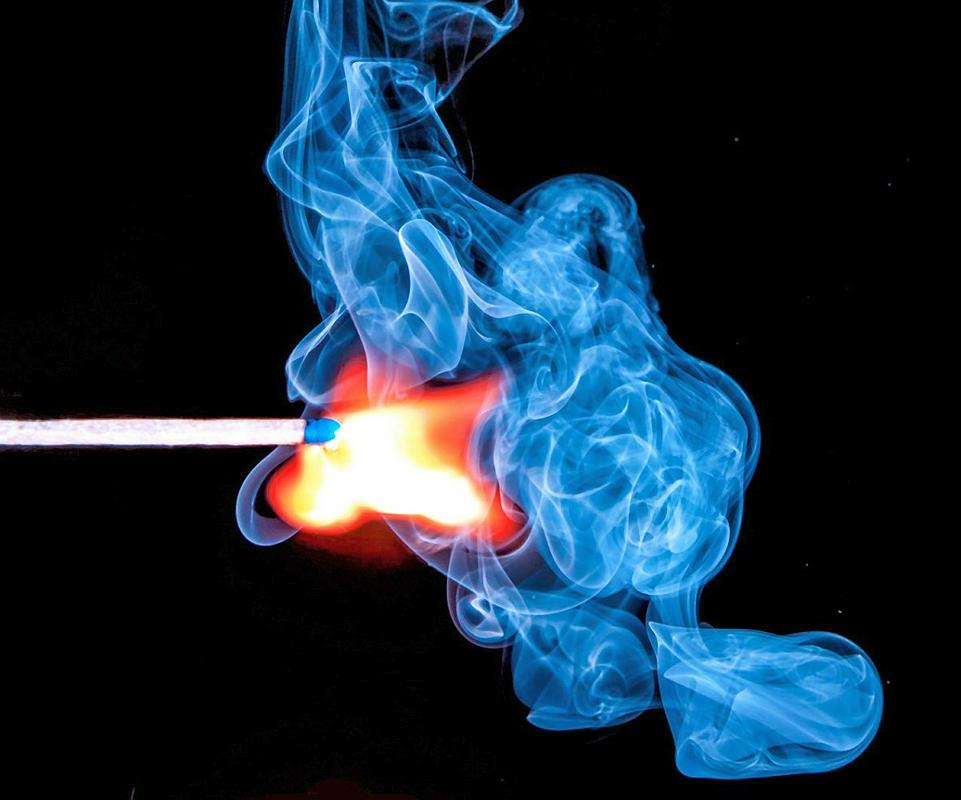New buildings in Slovenia must include fire-safety studies in their planning documentation. However, the studies have only been required since the beginning of the century, explained fire safety expert Milan Hajdukovič of the National Building and Civil Engineering Institute in a conversation with MMC.
He added that the London fire was the result of an unfortunate set of circumstances. Grenfell Tower had a ventilated façade, whose heat insulation was on the frame of the building. In normal circumstances, such insulation is adjacent to a four-centimeter moisture-extracting layer. All this is covered with a coating that protects the insulation.
According to guidelines developed by the Slovenian Fire Safety Association, flammable insulating materials should not be used. Glass and mineral wool are not flammable, while ceramics are not used because of their high cost. Mineral wool is considered superior because it increases fire resistance. “In other words, such ventilated façades shouldn’t exist in Slovenia, but I can’t say that they have never been installed,” Hajdukovič added.
For Slovenian buildings over 22 meters – the height that can be reached by firefighters from the outside --, the use of flammable construction materials, including polystyrene and polyurethane, is banned outright. Similar legislation also exists in the United Kingdom, says Hajdukovič. This legislation does not apply to buildings below 22 meters. Hajdukovič points out that not many builders used mineral wool in such cases, since it’s considerably more expensive that polystyrene.
Even though quite a few buildings in Slovenia use polystyrene for heat insulation, Hajdukovič says it doesn’t pose an increased fire risk if a final layer is added.
Andrej Čebokli; Translated by J. B.


































































